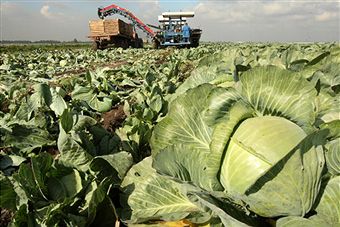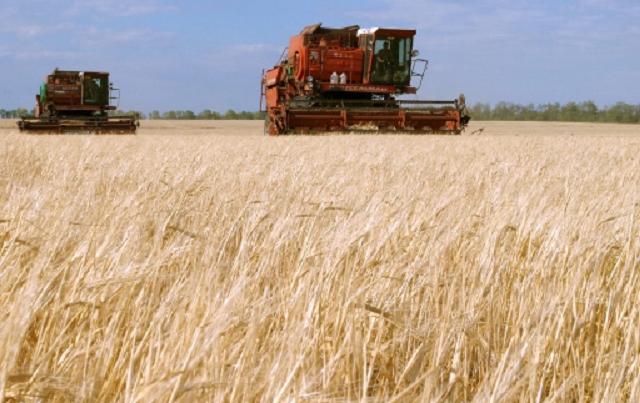Russian Agriculture Detail
Agriculture in Russia survived a severe transition decline in the early 1990s as it struggled to transform from a command economy to a market-oriented system. Following the breakup of the Soviet Union in 1991, large collective and state farms – the backbone of Soviet agriculture – had to contend with the sudden loss of state-guaranteed marketing and supply channels and a changing legal environment that created pressure for reorganization and restructuring. In less than ten years, livestock inventories declined by half, pulling down demand for feed grains, and the area planted to grains dropped by 25%.
The use of mineral fertilizer and other purchased inputs plummeted, driving yields down. Most farms could no longer afford to purchase new machinery and other capital investments. After nearly ten years of decline, Russian agriculture has begun to show signs of modest improvement. The transition to a more market-oriented system has introduced an element of fiscal responsibility, which has resulted in increased efficiency as farmers try to maintain productivity while adjusting to resource constraints. The farming structure has changed, and the relatively small family farms that have emerged and grown stronger in the new market environment are now producing in aggregate value more than the total output of large corporate farms that succeeded the traditional collectives.
Agriculture in Russia survived a severe transition decline in the early 1990s as it struggled to transform from a command economy to a market-oriented system. Following the breakup of the Soviet Union in 1991, large collective and state farms – the backbone of Soviet agriculture – had to contend with the sudden loss of state-guaranteed marketing and supply channels and a changing legal environment that created pressure for reorganization and restructuring. In less than ten years, livestock inventories declined by half, pulling down demand for feed grains, and the area planted to grains dropped by 25%.
The use of mineral fertilizer and other purchased inputs plummeted, driving yields down. Most farms could no longer afford to purchase new machinery and other capital investments. After nearly ten years of decline, Russian agriculture has begun to show signs of modest improvement. The transition to a more market-oriented system has introduced an element of fiscal responsibility, which has resulted in increased efficiency as farmers try to maintain productivity while adjusting to resource constraints. The farming structure has changed, and the relatively small family farms that have emerged and grown stronger in the new market environment are now producing in aggregate value more than the total output of large corporate farms that succeeded the traditional collectives.
Russian Agriculture
Russian Agriculture
Russian Agriculture
Russian Agriculture
Russian Agriculture
Russian Agriculture
Russian Agriculture
Russian Agriculture
Russian Agriculture
Russian Agriculture
Russian Agriculture
Russian Agriculture
Russian Agriculture
Russian Agriculture
Russian Agriculture
Russian Agriculture
Russian Agriculture
Russian Agriculture
Russian Agriculture
Russian Agriculture

















No comments:
Post a Comment